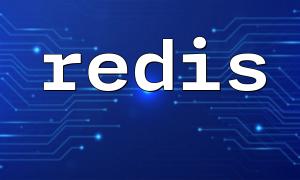Updating PHP not only helps to fix known security vulnerabilities but also brings new features, performance improvements, and enhanced security. Upgrading to the latest PHP version will give you faster execution speeds, reduced memory usage, and greater system stability. The first step in the update process is to check your current PHP version.
Before you begin the update, it's important to confirm the PHP version currently installed. You can check the PHP version by running the following command:
Updating PHP on a Linux system generally involves several steps. Below is a detailed process:
Before proceeding with the update, we recommend backing up your current PHP configuration and related files to ensure you can recover if anything goes wrong during the update. Use the following command to backup your configuration files:
For Debian and Ubuntu users, you can add the official PHP repository with the following command:
For CentOS users, you can add the update source with this command:
After adding the update sources, you can use the following command to update PHP to the latest version:
CentOS users can use:
Once the update is complete, run the following command to confirm that PHP has been updated:
After updating PHP, it's important to check whether your applications are compatible with the new version. You may need to adjust dependent libraries or frameworks accordingly.
Additionally, it's a good practice to regularly check PHP's update logs to stay informed about new features, fixes, and improvements brought by the latest releases.
By following this guide, you should be able to successfully update PHP on your Linux system. Keeping PHP up to date is crucial for improving website performance and ensuring system security. We hope these steps help you complete the update smoothly.









